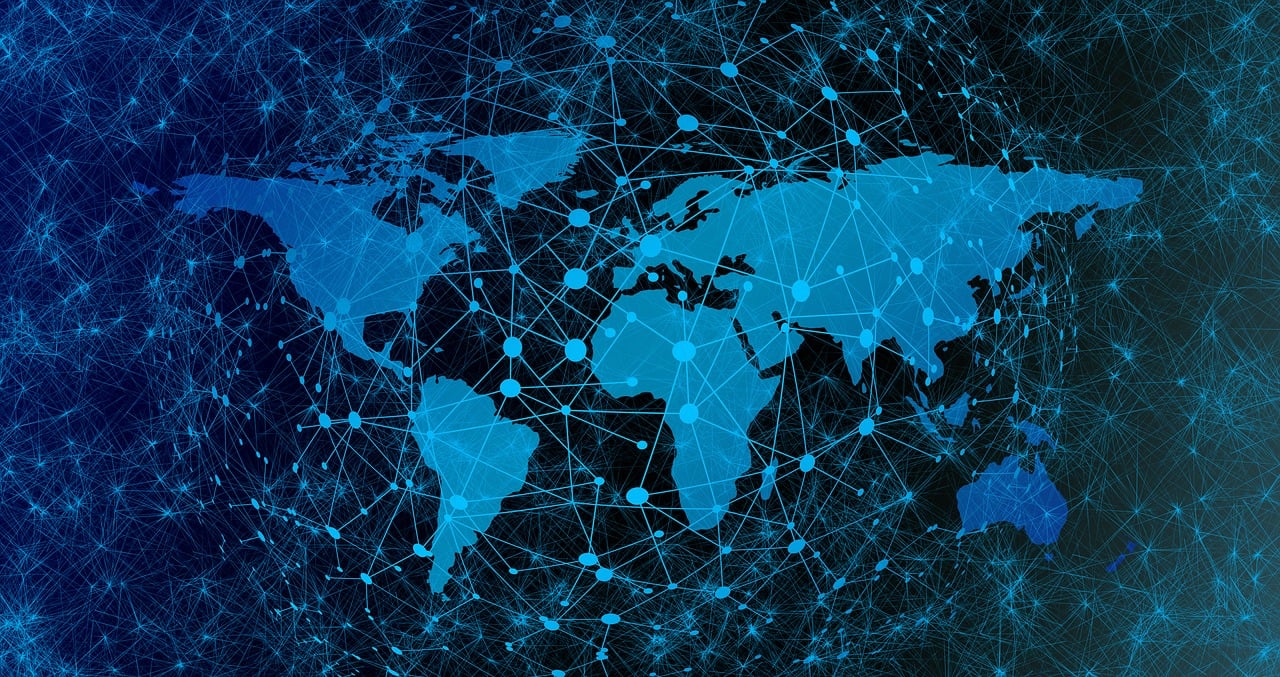The Importance of Ocean Hydrographic Monitoring: Content and Applications
Ocean hydrographic monitoring is crucial for understanding the dynamics of the world's oceans and their interaction with the atmosphere and the solid Earth. It involves the collection, analysis, and interpretation of data on ocean currents, temperatures, salinities, and other relevant parameters. This information is essential for a range of applications, including maritime safety, coastal zone management, and climate change research. For example, ocean hydrographic monitoring provides the data needed to forecast marine weather and climate events, allowing for the prediction of natural hazards such as tsunamis and hurricanes. Additionally, it helps in the navigation of ships and the planning of ocean energy projects. The monitoring of ocean hydrography also contributes to our understanding of the Earth's history and evolution, as well as the impact of human activities on the ocean environment. Therefore, it is important to continue investing in ocean hydrographic monitoring programs to ensure our continued ability to understand and manage the world's oceans effectively.
Ocean hydrographic monitoring is a crucial aspect of understanding and protecting our planet’s largest ecosystem. This article explores the content of ocean hydrographic monitoring and its applications in various fields.
Ocean hydrography is the study of the physical properties of the ocean, including temperature, salinity, currents, waves, and other related variables. Monitoring these variables provides valuable insights into ocean health and the impact of climate change on the ocean.
One of the main monitoring methods is the use of satellites, which provide a wide range of data on ocean conditions. Satellite remote sensing allows for the mapping of ocean properties, such as sea surface temperature and salinity, as well as the detection of harmful algal blooms and other pollutants.
In addition to satellite monitoring, in-situ measurements are also crucial. These include the deployment of floats, buoys, and other instruments that measure ocean properties directly at different depths and locations. This data provides a more detailed understanding of ocean conditions and helps to validate satellite data.

Ocean hydrographic monitoring has numerous applications. For example, it plays a vital role in weather forecasting, as the state of the ocean strongly influences atmospheric conditions. Monitoring ocean currents and temperatures can help to predict storms, hurricanes, and other extreme weather events.
Moreover, ocean hydrography is essential for understanding marine ecology. By monitoring ocean conditions, researchers can assess the impact of climate change on marine species and habitats. This information is crucial for conservation efforts and the sustainable management of marine resources.
Another application of ocean hydrographic monitoring is in the field of geology. The study of ocean floors and the distribution of marine sediments provides valuable insights into Earth’s crust and the evolution of our planet. This information is crucial for understanding natural hazards, such as earthquakes and tsunamis, as well as for exploring resources, such as oil and gas.

However, ocean hydrographic monitoring also has applications in other fields, such as engineering and transportation. For instance, understanding ocean currents and wave patterns is crucial for the design of offshore structures, such as oil platforms and wind turbines. It also plays a vital role in maritime navigation, helping ships to avoid dangerous areas and plan safe routes.
Moreover, with the rise of blue economy concepts, ocean hydrographic monitoring has become increasingly important in marine resource management. By understanding the physical properties of the ocean, governments and businesses can better allocate marine resources, such as fishing quotas and offshore energy production. This helps to ensure sustainable development and reduce conflict over limited marine resources.
However, there are also challenges in ocean hydrographic monitoring. For example, data collection and analysis require sophisticated technology and expertise. In addition, monitoring activities can be expensive and logistically challenging, especially in remote or inaccessible areas.

To address these challenges, there is a need for continued research and innovation in ocean hydrography. This includes the development of new technologies for data collection, such as autonomous underwater vehicles and profiling floats, as well as improved analysis methods to extract valuable insights from the data.
In conclusion, ocean hydrographic monitoring is a crucial activity with numerous applications in various fields. By understanding the physical properties of the ocean, we can better predict weather events, conserve marine ecosystems, explore Earth’s crust, navigate safely, and allocate marine resources sustainably. However, we also need to address the challenges in data collection and analysis to improve our ability to monitor the ocean effectively. Only through continued research and innovation can we hope to fully understand and protect our planet’s largest ecosystem.
Articles related to the knowledge points of this article:
Hydrologic Monitoring Data Communication Protocol
Title: Construction Plan for Hydrological Monitoring Tower
Hydrological Monitoring Engineers and Hydrographic Surveyors: The Waterwork Professionals
Title: Understanding the Pricing of Online Water Resources and Meteorological Monitoring Systems
Title: Design and Implementation of a Hydrographic Pressure Monitoring System
Coal Mine Hydrology Monitoring Well Depth: Insights and Challenges